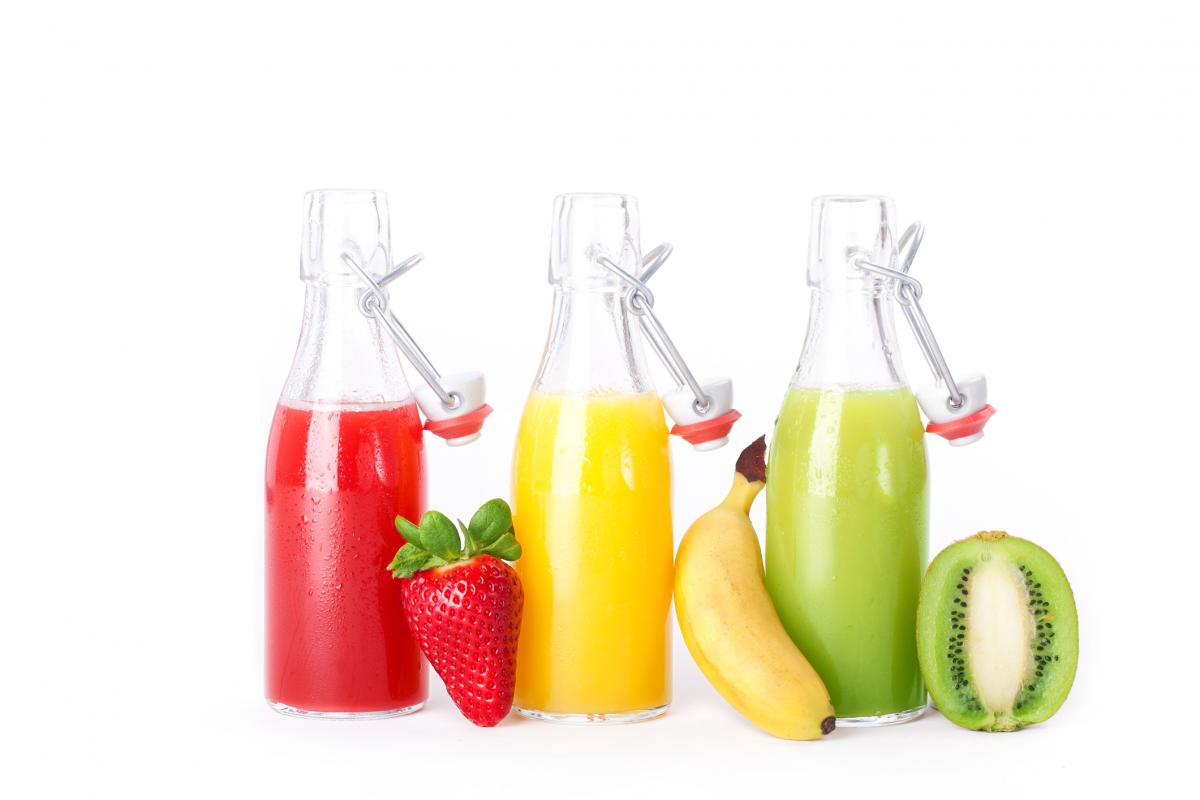In developing food and beverage products today, manufacturers are looking to increase the use of natural ingredients, given the trend among consumers who prefer clean label products. Many consumers don’t take well to artificial colourings, perceived as detrimental to health. Colourings can’t entirely be eliminated since they are important in giving processed products their wholesome and enticing appearance, usually lost during processing. Switching to colours derived from sources such as plants and algae is becoming more acceptable to the food and beverage industry.

(Photo: Dreamstime.com)
A rapidly growing market
With demand for processed foods, convenience foods, fruit beverages, and pet foods ever stronger, colourings are necessary in creating delicious-looking products. The food colouring market is estimated to grow to USD 5.1 billion by 2023 from USD 3.88 billion in 2018, at a CAGR of 5.7% during the period. Much in demand are natural food colours in variants of yellow, orange and brown in powdered form as production of ready meals, sauces and noodles rises. In the Middle East & Africa, there is incremental awareness and changing consumer preferences towards nutritious food, including those made with better ingredients.
According to a report from Sensient Food Colours Europe, the use of natural colours is encouraging in the Middle Eastern market, especially after the Gulf Cooperation Council (GCC) pushed the legislation introducing special labelling for some synthetic colours.
Natural versus artificial food colourings
Chemistry plays an integral part in the production of all food colourings found in plants and animals. Natural food colours are derivatives of a range of sources including parts of plants such as fruits and vegetables which are processed to release pigments or dyes. These come in paste, powder, liquid, gel, and other forms.
Natural reds are made from crushed cochineal insects in which the colour of these insects must be separated, extracted and processed.
Some natural food dyes include Annatto (E160b), a reddish-orange dye made from the seed of the achiote, caramel colouring (E150a-d), made from caramelized sugar, carmine (E120), a red dye derived from the cochineal insect, Dactylopius coccus, elderberry juice (E163), lycopene (E160d), paprika (E160c) and turmeric (E100). Spirulina, a blue-green algae which has amazing health benefits, is a natural source of vibrant blues.
Natural elements that work as food dyes are limited as they need to integrate well with other ingredients to alter or enhance food colour. Hence, a range of synthetic dyes and colours are developed and used for myriad products. Artificial colourings last longer than natural ones, which is obviously a big advantage for companies.
A typical green food dye contains water, propylene glycol, FDA-certified colour additives FD&C YELLOW 5, FD&C BLUE 1 and propylparaben (a preservative).
For the Middle East’s growing love for juices, Döhler offers its pioneering natural ingredients and product applications. At Gulfood this year, it presented nectars with guava puree and citrus flavours, innovative taste creations, including cold brew coffee drinks and guayusa tea drinks.
GNT, which has some 400 colour shades in its portfolio, offers different applications for its products. At IFT 2019, it presented the use of its EXBERRY colouring to give vegan burger its mouth-watering look.
Besides enriching a food's natural colour, a colour additives also helps neutralize colour loss in food due to light, air, most or temperature exposure or imperfect storage conditions. U.S Food and Drug Administration (FDA) has approved nine certified colour additives to be used in foods in addition to the maximum quantity of additive permitted in a food and ways to identify them on a label.
Threat to health
Over the years research show that synthetic colours pose health concerns pertinent to the toxicity of their breakdown products. For instance, the product aniline in the RED 2G dye is known to be carcinogenic. For this reason, use of this dye has been decommissioned by the EU.
The most pressing worry was the linkage between synthetic food colouring with abnormal childhood behaviour. The Southampton Study evaluated six commonest synthetic food colourants: (Sunset Yellow [E110], Carmoisine [E122], Tartrazine [E102], Ponceau 4R [E124], Quinoline Yellow [E110], Allura Red AC [E129]) and sodium benzoate [E211] as a preservative in two age brackets (age 3 and age 8/9 year-olds). Findings suggested that there was increased hyperactivity amongst the children. Synthetic colour additives such as quinoline yellow, sunset yellow and tartrazine do not possess any nutritional value.- ZAINAB MANSOOR
Air Zoom Vomero 14














